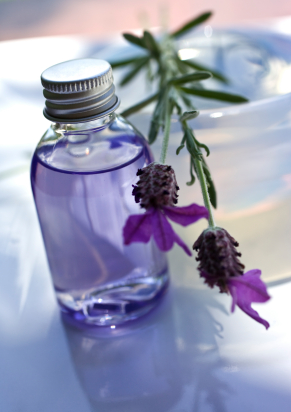 Lavender - Lavandula officinalis
Lavender - Lavandula officinalis
In 2012, researchers in Mashhad,Iran studied the efficacy of lavender essential oil inhalation for treatment of migraines in a placebo-controlled clinical trial. 71% of participants in the lavender group had a reduction of migraine severity, compared to 47% in the placebo group. It was concluded that lavender essential oil may be an effective and safe treatment modality in acute management of migraine headaches.
Lavender is used for a range of ailments from insomnia and anxiety to depression and fatigue. Research shows that it has calming, soothing and sedative effects when the scent is inhaled. It is also used for stress, hair loss, postoperative pain, and for its antibacterial and antiviral properties. It may be used topically in diluted concentrations to treat skin infections and injuries, such as minor cuts and scrapes. Lavender is our favorite essential oil for burns.
Recommended use- Inhalation: Add 2-4 drops of lavender essential oil to 2-3 cups boiling water. Inhale the vapors. Topical external application: Add 1-4 drops per tablespoon of base oil (such as almond or olive oil) and apply to skin. Lavender may also be applied neet (i.e.) directly to the skin for burns, bug bites, and acne.
Lavender oil may be toxic if taken orally so only use externally or by inhalation, unless working with a knowledgeable health care provider. Also, avoid contact with eyes or mucous membranes, such as the lips and nostrils.
References:
- Eur Neurol. 2012;67(5):288-91. doi: 10.1159/000335249. Epub 2012 Apr 17. Retrieved from http://www.ncbi.nlm.nih.gov/pubmed/22517298
- Steven D. Ehrlich, NMD. (2013). Lavender. University of MarylandMedicalCenter.http://umm.edu/health/medical/altmed/herb/lavender
 Lavender - Lavandula officinalis
Lavender - Lavandula officinalis